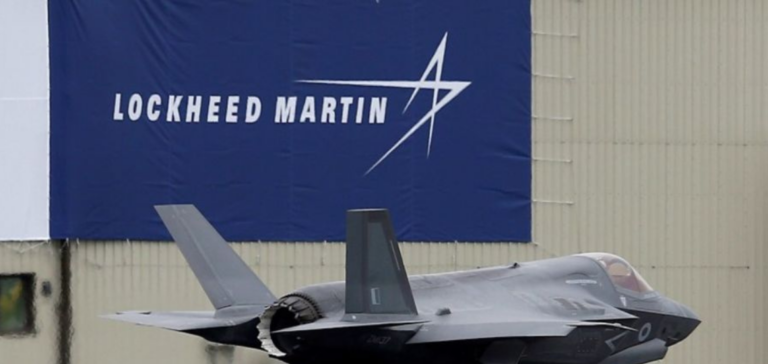NASA and the US Army announced on Wednesday that they had chosen Lockheed Martin to develop and design a nuclear-powered rocket, with the aim of using this technology for future missions to Mars.
Nuclear-powered rocket: Nasa and US Army choose Lockheed Martin
The program, based on advanced nuclear thermal propulsion technology, aims for a first test flight into space as early as 2027, officials said. According to Nasa, a rocket powered by nuclear thermal propulsion could be three to four times more efficient than conventionally fuelled rockets, and would reduce travel time – a key factor in getting to the Red Planet. In a nuclear thermal propulsion rocket, a nuclear fission reactor produces very high temperatures. This heat is transferred to a liquid fuel, transformed into a gas and – as in a conventional rocket – expelled through a nozzle to provide thrust.
“These nuclear thermal propulsion systems are more powerful and more efficient, enabling faster transit between two destinations”, commented Kirk Shireman, Vice President in charge of lunar exploration at Lockheed Martin’s Space Division.
But, he added, “reducing travel time is vital for human missions to Mars, to limit the crew’s exposure to radiation”.
BWX Technologies will be responsible for the design of the nuclear reactor. According to Mr. Shireman, this technology could also “revolutionize” future missions to the Moon, where NASA intends to build a lunar base as part of its Artemis program. Nasa conducted tests of a nuclear rocket over 50 years ago, but the project was halted due to budget cuts and Cold War tensions.






















